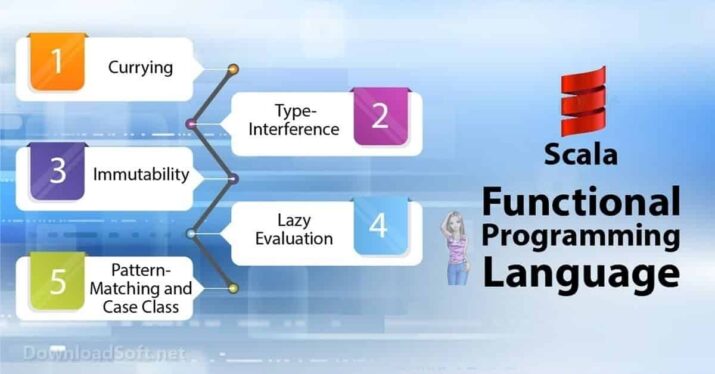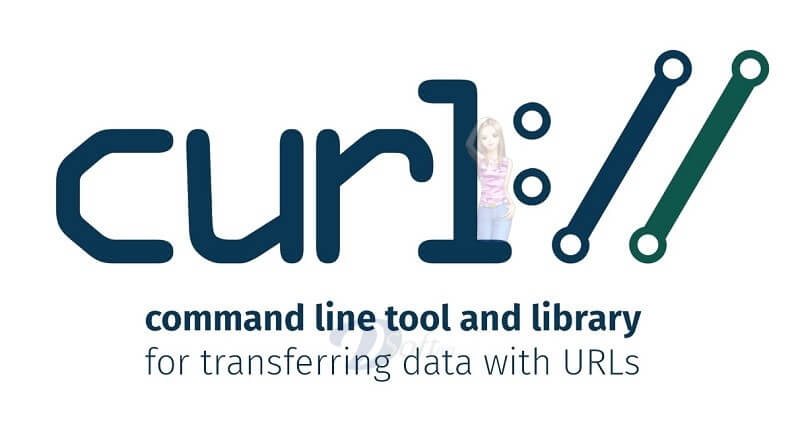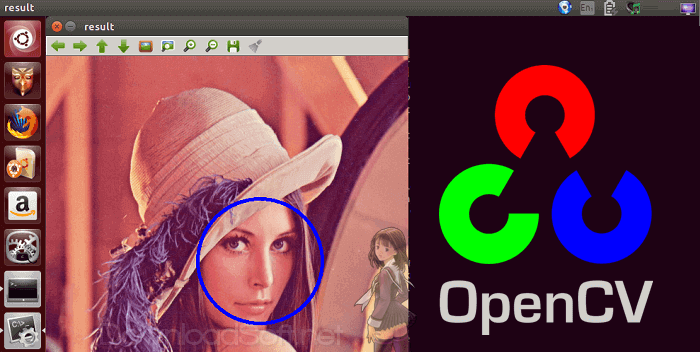Scala Programming Language Download Free 2024 for PC and Mac
Scala Programming Language Download Free 2024 for PC and Mac
Bridging the Gap Between Functional and Object-Oriented Programming
in the vast realm of programming languages, Scala Programming stands out as a powerful and versatile language that seamlessly combines functional and object-oriented programming paradigms. Created by Martin Odersky and initially released in 2003, Scala has gained significant popularity among developers due to its expressive syntax, strong static typing, and robust ecosystem.
In this article, we will delve into the features and capabilities of the Programming Language, exploring its unique aspects, real-world applications, and the advantages it offers to developers.
Overview
An abbreviation for “scalable language,” it is a statically typed programming language designed to be highly extensible and adaptable. It runs on the Java Virtual Machine (JVM), allowing seamless interoperability with existing Java libraries and codebases.
The language strikes a delicate balance between functional and object-oriented programming, providing developers with the best of both worlds. It combines object-oriented and functional programming in a high-level concise language.
Firmware types avoid errors in complex applications, and JVM and JavaScript runners allow you to create high-performance systems with easy access to huge library ecosystems. Download it to your desktop today!
Scastie is Scala + sbt in your browser! You can use any version of the app, or even alternative background wallpapers like Dotty, Scala.js, Scala Native, and Type level Scala. You can use any published library. You can save and share programs/versions with anyone.
Library index (or Scaladex) is a map representation of all published libraries. With Scaladex, a developer can now query more than 175,000 library versions. Scaladex is officially supported by the Scala Center.

Features
Object-Oriented Programming
It is a fully object-oriented language, where everything is an object. It embraces the principles of encapsulation, inheritance, and polymorphism, enabling developers to build modular and reusable code. Classes, objects, and traits form the core building blocks of object-oriented programming.
Functional Programming
It also embraces functional programming concepts, making it suitable for developing applications that leverage immutable data, higher-order functions, and pure functions. It supports lambda expressions, pattern matching, and tail recursion, among other functional programming features. This functional programming support fosters concise and expressive code, promoting better code readability and maintainability.
Strong Static Typing
It boasts a powerful static type system that helps catch errors at compile time, reducing the likelihood of runtime exceptions. Static typing enables the compiler to perform type inference, making the code concise while still ensuring type safety. This feature promotes early bug detection and enhances the overall robustness of applications.
Interoperability with Java
Since Scala runs on the JVM, it can seamlessly interact with existing Java libraries and frameworks. This interoperability allows developers to leverage the vast Java ecosystem while enjoying the expressive and concise syntax. The code can be called Java code and vice versa, enabling the gradual migration of Java applications or the use of modules in existing Java projects.
Programming Language Internet type
So the writing system does not seem very fixed. It does not work with the type system. Let the writing system work for you!
Flexibility of Java-style
Combine the flexibility of Java-style interfaces with the power of classes. Think about the principle of multiple inheritances.
Seamless Java Entrop
It runs on JVM, so Java and stacks can be mixed freely for completely seamless integration.
Top system functions
Jobs are first-class beings. Compose it securely and securely. Use it anywhere, swipe it to anything.
Documentation and distribution
Use parallel operations of data in groups, or use actors for synchronization and distribution, or asynchronous programming futures.
Matching pattern
Think about ‘switching’ steroids. Match against chapter hierarchies, chains, and more.
📌 Note: Ensure that Java JDK is installed.
Real-World Applications
Versatility and expressiveness have made it popular in a wide range of industries and domains. Here are some notable applications of the programming language:
1. Big Data Processing
It has become a go-to language for processing big data due to its integration with Apache Spark, a widely adopted distributed data processing framework. Functional programming features and concise syntax make it well-suited for writing complex data transformation and analysis tasks. Many data-intensive companies and organizations rely on Spark for their data processing needs.
2. Web Development
With frameworks like Play and Lift, have gained traction in web development. These frameworks leverage the language’s expressive syntax and type safety to build high-performance web applications. The ability to seamlessly integrate with existing Java libraries and frameworks further enhances its suitability for web development.
3. Reactive Programming
Support for functional programming and asynchronous programming models is a natural fit for reactive programming. Libraries like Akka allow developers to build highly responsive, resilient, systems. Reactive applications built with Scala excel in handling concurrent requests, making them ideal for real-time systems, IoT, and event-driven architectures.
Advantages of Using
1. Expressive and Concise Syntax
The expressive syntax allows developers to write clean and concise code. It enables the use of higher-level abstractions, reducing boilerplate code and improving developer productivity. The type inference system also contributes to conciseness, as it eliminates the need for explicit type annotations in many cases.
2. Strong Type Safety
The static type system catches many errors at compile-time, preventing a significant class of bugs from occurring in the first place. This type of safety gives developers confidence in the correctness of their code and reduces the debugging effort required during the development process.
3. Scalability and Performance
Scalability is not only reflected in its name but also in its ability to handle large-scale applications. With features like immutable data structures, parallel collections, and distributed computing frameworks, it excels at building high-performance and scalable systems. Its integration with Apache Spark enables distributed data processing, making it ideal for big data workloads.
4. Seamless Java Interoperability
One of its key strengths is its seamless interoperability with Java. Developers can leverage existing Java libraries, frameworks, and tools, enabling incremental adoption of Java projects. This interoperability ensures a smooth transition for teams and organizations while benefiting from the unique features.
Hardware Requirements
Before delving into the software requirements, let’s first discuss the hardware specifications necessary to run effectively. While is known for its ability to run on various platforms, having a well-equipped system can greatly enhance your development experience.
Processor: This is not particularly resource-intensive, and it can run smoothly on a wide range of processors. However, a multi-core processor, such as Intel Core i5 or AMD Ryzen 5, is recommended for better performance, especially when dealing with complex computations.
Memory (RAM): The amount of memory you have plays a crucial role in the performance of applications. While Programming Language itself doesn’t consume excessive memory, the programs you develop may require substantial memory, especially for handling large datasets or complex algorithms. A minimum of 8 GB of RAM is recommended, but having 16 GB or more can significantly improve your development workflow.
Storage: Doesn’t have specific storage requirements, as it operates similarly to other programming languages. However, having a solid-state drive (SSD) instead of a traditional hard disk drive (HDD) can greatly enhance your overall system performance, including faster compilation times and smoother execution of programs.
Operating System Requirements
It is designed to be cross-platform, meaning it can run on various operating systems. Here are the recommended operating systems for development:
1. Windows: Is fully compatible with Windows operating systems, including Windows 10, Windows 8, and Windows 7. Whether you prefer the latest Windows version or an older one, it can be installed and used seamlessly.
2. macOS: Is well-supported on macOS, making it an excellent choice for developers using Apple computers. It is compatible with the latest macOS versions, like macOS Monterey, macOS Big Sur, and macOS Catalina.
3. Linux: Has excellent support for Linux distributions, such as Ubuntu, Fedora, and CentOS. The availability of package managers like apt-get and yum makes installing it on Linux relatively straightforward.
Software Requirements
To start developing applications, you need to have the necessary software installed on your system. Here are the essential software requirements for programming:
1. Java Development Kit (JDK): Built on top of the Java Virtual Machine (JVM) and requires a Java Development Kit (JDK) to run. It is compatible with JDK versions 8, 11, and 17, although it is recommended to use the latest version for better language features and performance improvements. You can download the JDK from the official Oracle website or use OpenJDK, which is a popular open-source alternative.
2. Scala Compiler: Has its compiler, which translates code into bytecode that can be executed on the JVM. To install, you can download the compiler from the official website or use package managers like Homebrew (macOS) or Scoop (Windows) for easy installation.
3. Integrated Development Environment (IDE): While it can be written in any text editor, using an Integrated Development Environment (IDE) can greatly enhance your productivity and streamline the development process.
There are several popular IDEs for development, including IntelliJ IDEA, Eclipse with IDE plugin, and Visual Studio Code with Scala Metals plugin. Choose an IDE that suits your preferences and provides features like code completion, debugging, and project management.

Additional Recommendations
In addition to the system requirements mentioned above, here are a few recommendations that can further enhance your development experience:
1. Build Tools: Projects often rely on build tools to manage dependencies and automate the build process. Popular build tools include sbt (Build Tool), Maven, and Gradle. These tools simplify dependency management and allow you to easily compile, test, and package your projects.
2. Version Control System: Utilizing a version control system like Git is highly recommended for any software development project, including Scala. Git helps you track changes, collaborate with others, and revert to previous versions if needed. Platforms like GitHub, GitLab, and Bitbucket provide online repositories for hosting your projects and facilitating collaboration.
3. Learning Resources: Offers a rich ecosystem with a variety of libraries and frameworks. To harness the full potential, it’s essential to explore the available learning resources, such as online tutorials, documentation, books, and community forums. Some recommended resources include the official documentation, “Programming in Scala” by Martin Odersky, and online platforms like Exercises and Coursera’s “Functional Programming Principles” course.
Conclusion
Scala Programming Language offers a compelling blend of functional and object-oriented programming paradigms. With its expressive syntax, strong type system, and seamless Java interoperability, it has become a popular choice among developers for a wide range of applications.
Whether you are working on big data processing, web development, or building reactive systems, it provides a powerful and versatile toolset to meet your needs. Embracing the programming language opens up new possibilities, empowering developers to write elegant, concise, and highly scalable code.
Technical Details
Software name: Scala
- Classification: Utility Tools
- License: Open Source
- Version: latest
- Size 127 MB
- Core: 32/64-bits
- Operating systems: All Windows, Mac, and Linux systems
- Languages: Multilanguage
- Developer: Scala Team
- Official site: scala-lang.org
Download Scala Programming Language





